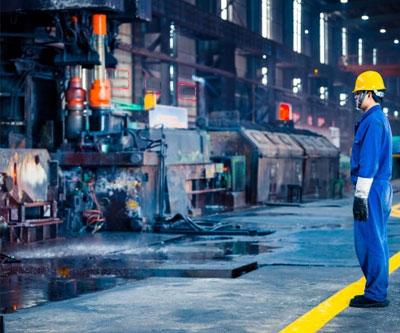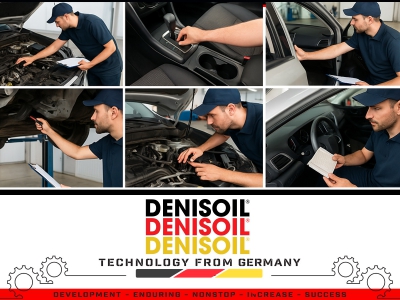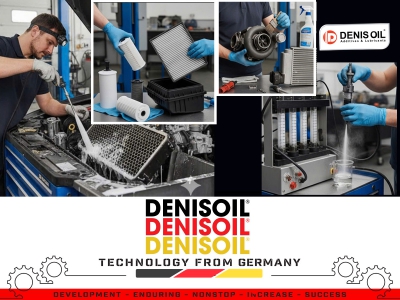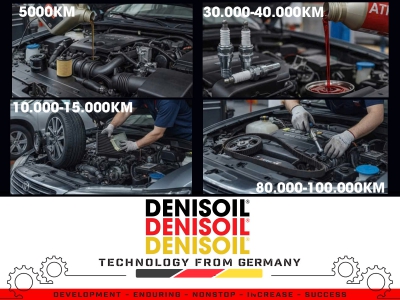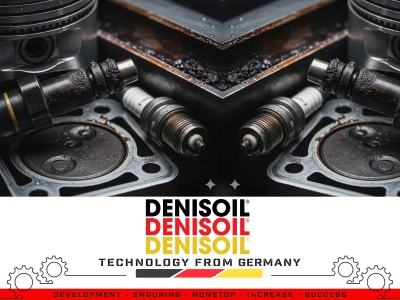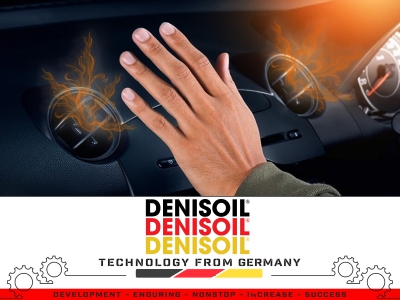Godiva Import Export Co., Ltd. – a trusted supplier of lubricants and industrial oils in Vietnam – is pleased to introduce to our customers the most common lubricant classification systems worldwide. Understanding these standards helps users select the right lubricant, ensuring efficiency – durability – and reliability of engines and machinery.
1. Classification by Viscosity
Viscosity is the most important parameter, reflecting the oil’s flowability – lubrication – and protection properties. There are three main international classification systems:
SAE (Society of Automotive Engineers – USA)
- Application: engine oils and automotive gear oils.
- Types:
- Monograde oils: SAE 30, SAE 40, SAE 50…
- Multigrade oils: SAE 10W-40, 15W-40, 20W-50…
- Meaning:
- The number before “W” (Winter): cold-start performance. The lower the number → the better the cold start.
- The number after “W”: viscosity at 100 °C. The higher the number → the thicker the oil at operating temperature.
Example: SAE 5W-30 ensures easy start at -30 °C and maintains grade 30 viscosity at 100 °C. SAE 20W-50 is thicker, suitable for high-load, high-temperature applications.
ISO VG (International Standards Organization – ISO Viscosity Grade)
- Application: industrial oils (hydraulic, turbine, gear, compressor oils).
- Designation: ISO VG 22, 32, 46, 68, 100, 150, 220, 320, 460, 680…
- Meaning: the number indicates the kinematic viscosity at 40 °C (in cSt).
- Tolerance: ±10% of the nominal value.
Examples:
- ISO VG 32 → ~32 cSt, used for high-precision, high-speed machinery.
- ISO VG 46 → common in hydraulic systems such as plastic injection molding and paper pressing machines.
- ISO VG 220/320 → for heavy-duty industrial gear oils.
NLGI (National Lubricating Grease Institute – USA)
- Application: greases.
- Range: NLGI 000 → NLGI 6, based on penetration (ASTM D217).
- Meaning:
- NLGI 000 – 00 – 0: very soft, almost liquid, for gearboxes and centralized lubrication systems.
- NLGI 1 – 2 – 3: most common, buttery/soft consistency, used in bearings, joints, and automotive/industrial equipment.
- NLGI 4 – 6: very stiff, wax-like, for extremely heavy loads at low speeds.
Among them, NLGI grade 2 is the most widely used globally.
2. Classification by API (American Petroleum Institute – USA)
API classifies engine oils based on quality, additive technology, and engine protection performance.
- Gasoline engines (Service Category – “S”):
- Ranges from SA, SB, SC… → SP (latest).
- The further the letter in the alphabet, the higher the standard.
- API SN / SP: enhanced piston cleanliness, reduced oil consumption, protection for turbochargers and catalytic converters.
- Diesel engines (Commercial Category – “C”):
- Ranges from CA, CB, CC… → CK-4 (latest).
- Example: API CI-4/CH-4: for heavy-duty diesel engines with EGR and turbocharging.
- API CK-4: improved oxidation resistance, thermal stability, biodiesel compatibility.
3. Classification by JASO (Japanese Automotive Standards Organization)
JASO standards apply mainly to motorcycle engine oils:
- JASO MA / MA2: 4-stroke manual motorcycles with wet clutch – oil must prevent clutch slippage.
- JASO MB: 4-stroke scooters with dry clutch – lower viscosity for better fuel economy.
- JASO FC / FD: 2-stroke motorcycles – reduced smoke, lower deposits, environmentally friendly.
4. Classification by ACEA (Association of European Automotive Manufacturers – Europe)
ACEA standards are more stringent than API, reflecting the European market’s requirements.
- A/B: oils for gasoline engines (A) and light-duty diesel engines (B).
- C: Low SAPS oils (low Sulfated Ash, Phosphorus, Sulfur) – suitable for engines with after-treatment devices (DPF, SCR).
- E: oils for heavy-duty diesel engines (trucks, buses, off-road equipment).
Example: ACEA C3 → Low SAPS oil, suitable for Euro 5/6 vehicles with DPF.
5. Classification by ILSAC (International Lubricant Standardization and Approval Committee)
ILSAC standards are developed jointly by USA and Japan, applied to passenger car gasoline engines.
- Categories: GF-1, GF-2, GF-3, GF-4, GF-5, and the latest GF-6 (GF-6A & GF-6B).
- Requirements:
- Improved fuel economy.
- Reduced timing chain wear, prevention of LSPI (Low-Speed Pre-Ignition).
- Protection of emission control systems.
CONCLUSION
- SAE / ISO / NLGI → classify oils and greases by viscosity and lubrication type.
- API / JASO / ACEA / ILSAC → classify oils by performance, quality, and additive technology.
When selecting lubricants, customers should always follow the manufacturer’s recommendations while considering climate, operating environment, and load conditions to ensure machinery runs smoothly – reliably – cost-effectively.
 Tiếng Việt
Tiếng Việt
 Chinese
Chinese
 English
English


